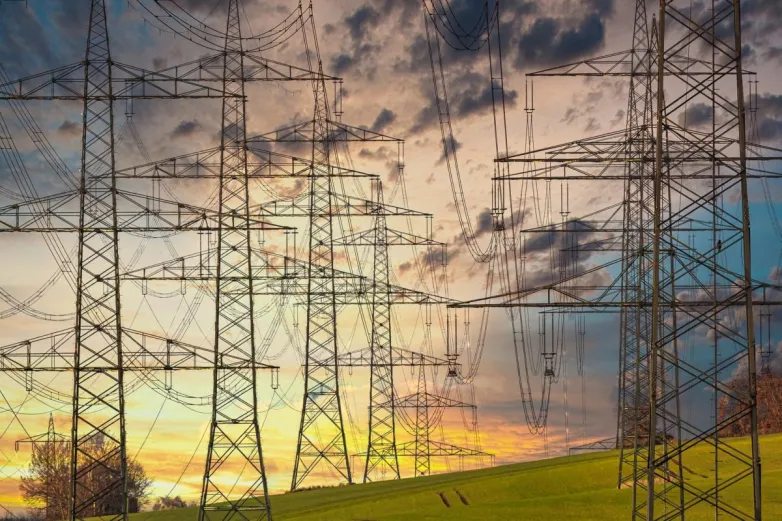Netherlands’ largest utility says grid constraints preventing connection of solar projects are increasing
- Dutch utility Liander has published a new list congested areas in the provinces of Flevoland, Friesland, Gelderland, Noord-Holland, and Zuid-Holland. The company said that developers of solar parks who are still waiting for grid connection may have to wait longer for additional grid capacity.

Liander NV, the largest utility in the Netherlands, has revealed that congestion on its medium-voltage network network is increasing due to rapidly growing demand from solar projects, data centers, and other energy-intensive industries, such as the greenhouse horticulture sector.
As a result, there are now fewer locations at which to connect new solar projects and renewable energy facilities. The utility has published a list that includes several areas in the provinces of Flevoland, Friesland, Gelderland, Noord-Holland and Zuid-Holland, where grid capacity is no longer available.
“In areas where the capacity of the power grid has already reached its limits, large industrial customers, such as solar park developers, may have to wait longer for additional grid capacity,” Liander said.
The largest number of locations is in the northern region of Friesland, for which 21 different areas were indicated, followed by Gelderland with six locations. In Zuid-Holland and Flevoland, the utility only identified two areas, while just one site was noted in Noord-Holland.
The company said it is now working to expand the grid, but construction could take years to finalize. Liander’s parent company, Alliander, announced last year an €844 million plan to improve its national network.
Liander said in January 2019 that it was trying to ensure that critical areas with strong solar development have enough space for generation, transmission and distribution capacity. “A scenario that we are considering is that over the next five years, the capacity of solar energy in Liander’s service area will grow to 6 GW, which is six times more than that currently connected to the grid,” the utility said.
At the time, Dutch transmission system operators TenneT and Enexis also said that there was very limited grid capacity for more solar in the provinces of Groningen, Drenthe and Overijssel.
In November, Energie-Nederland and lobby groups Holland Solar and NWEA said that around 700 MW of solar and wind capacity could miss out on SDE+ large-scale renewables incentives if grid congestion in the northern Netherlands is not addressed.
In December, Dutch transmission system operator Enexis, natural gas infrastructure company Gasunie and oil supplier Nederlandse Aardolie Maatschappij BV (NAM) said that were considering the use of excess solar capacity for hydrogen production in the northeastern Netherlands, with power to come from projects that are eventually excluded from the SDE+ scheme.
Also read

